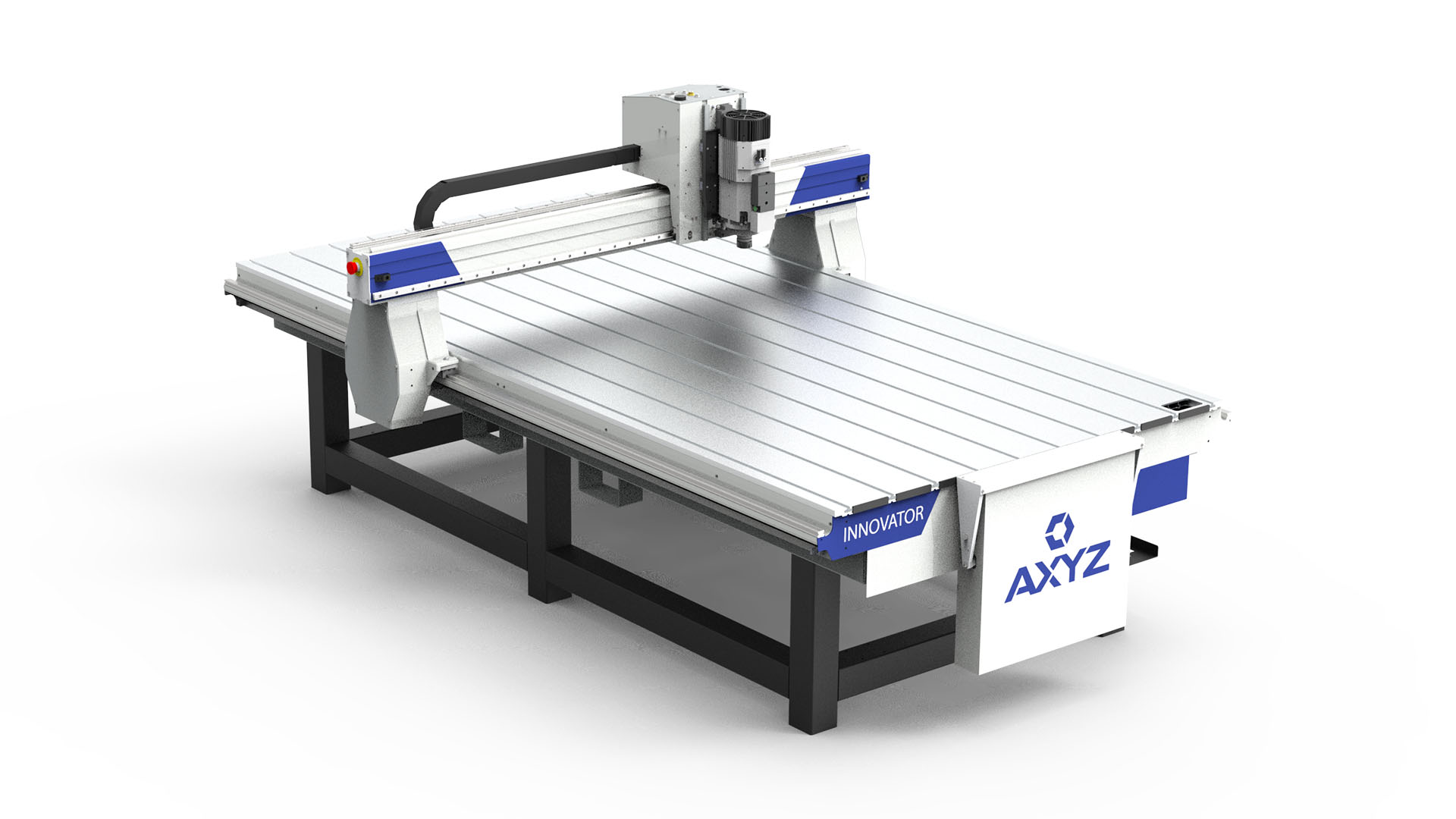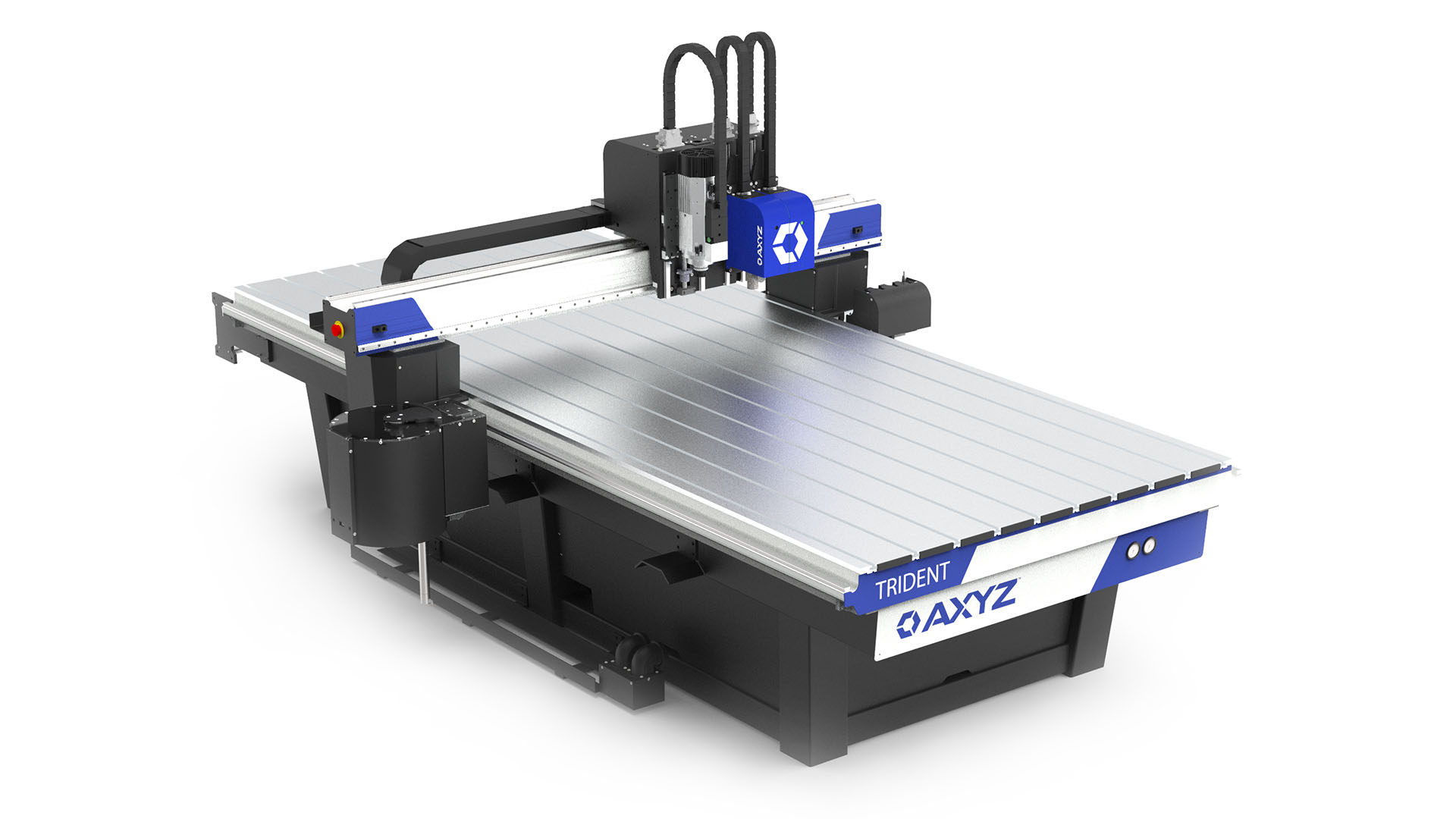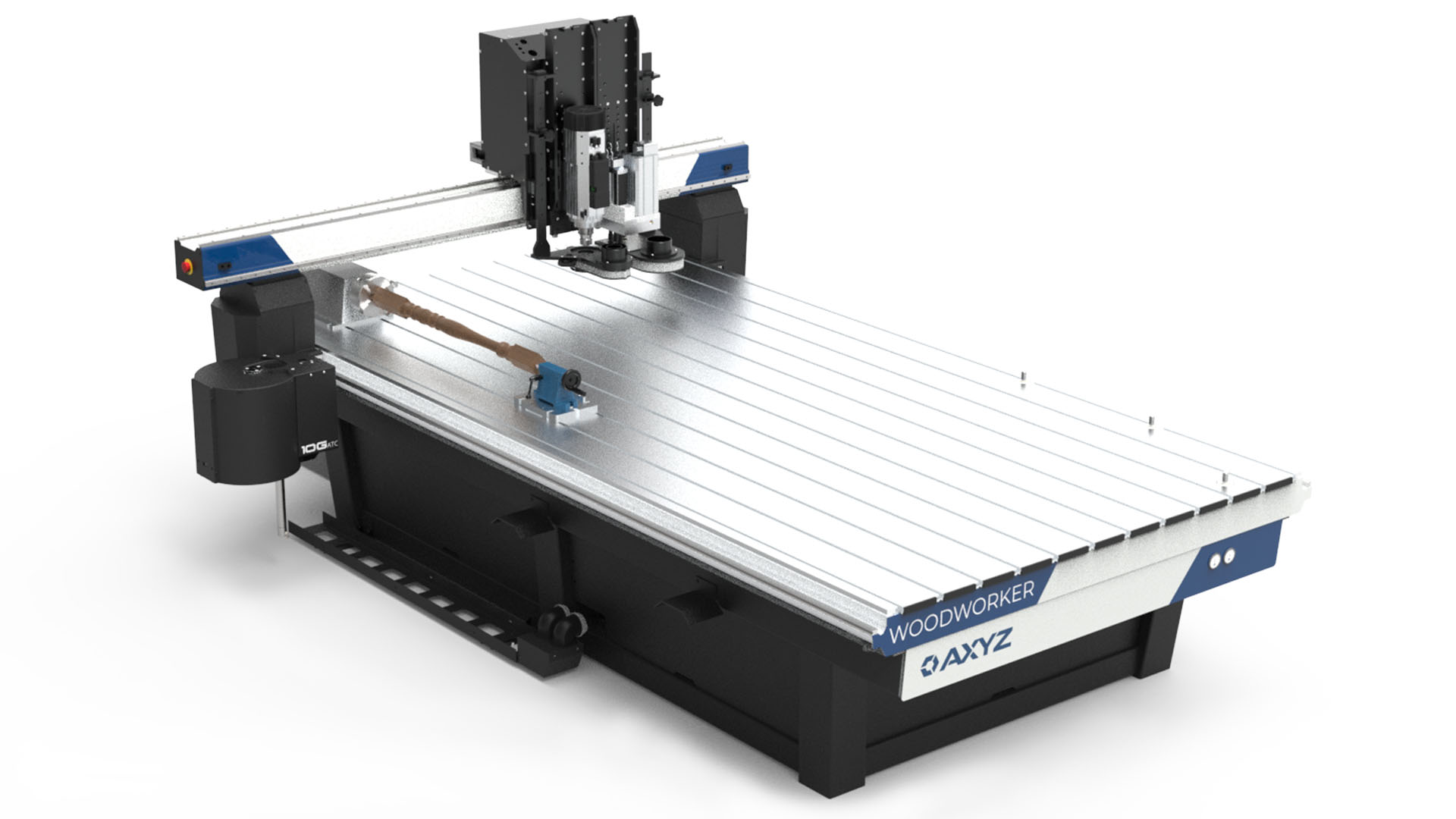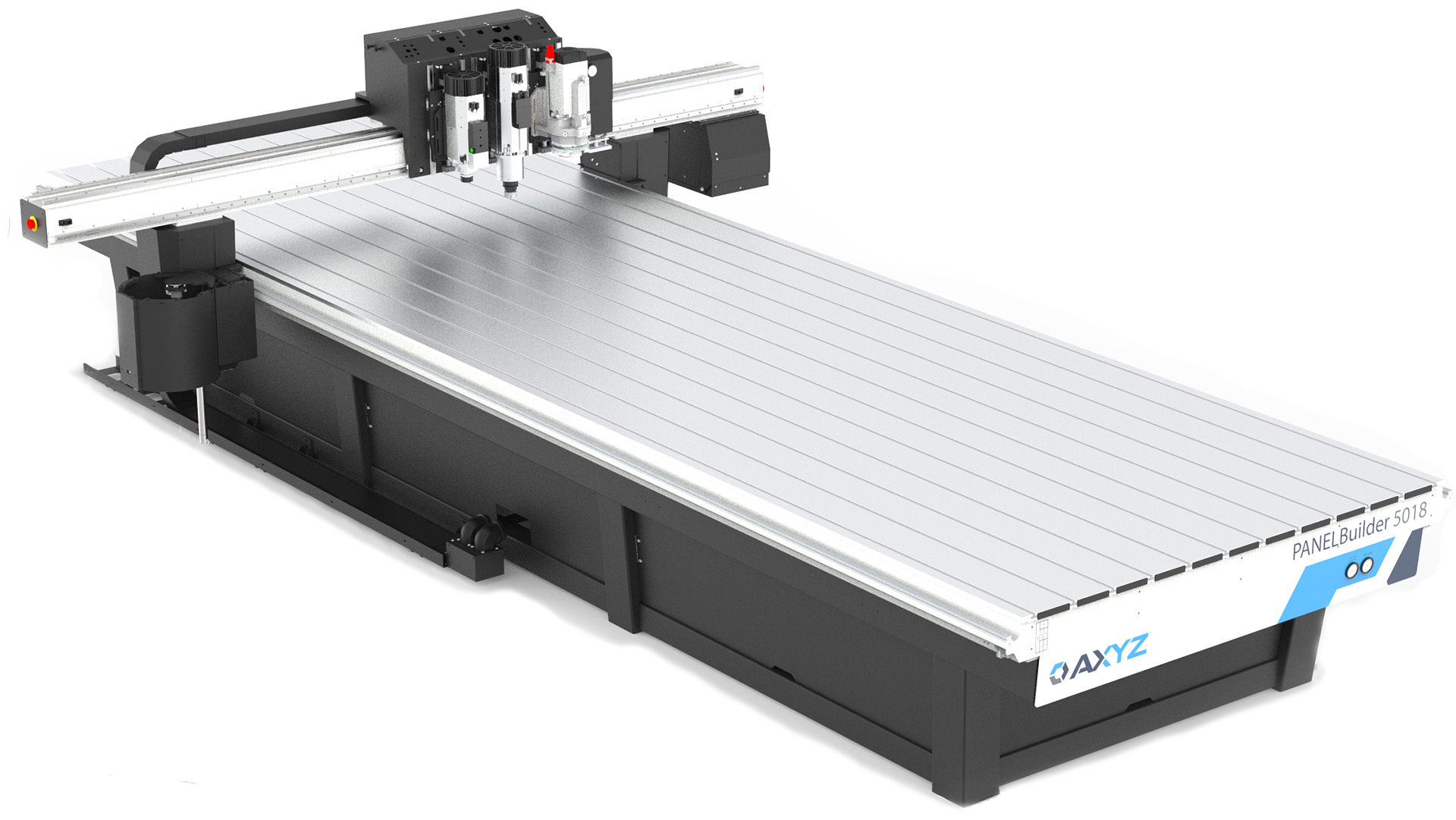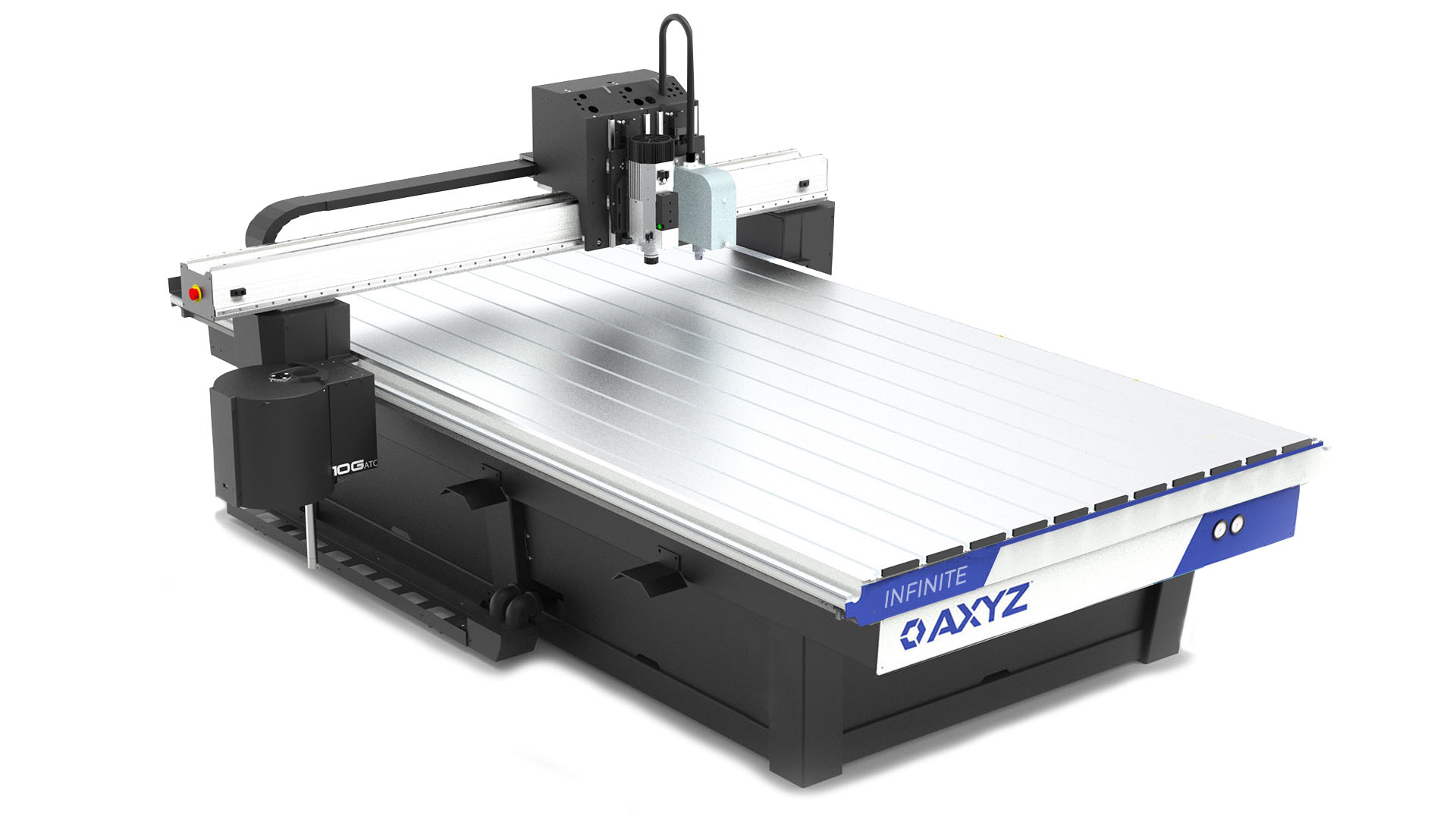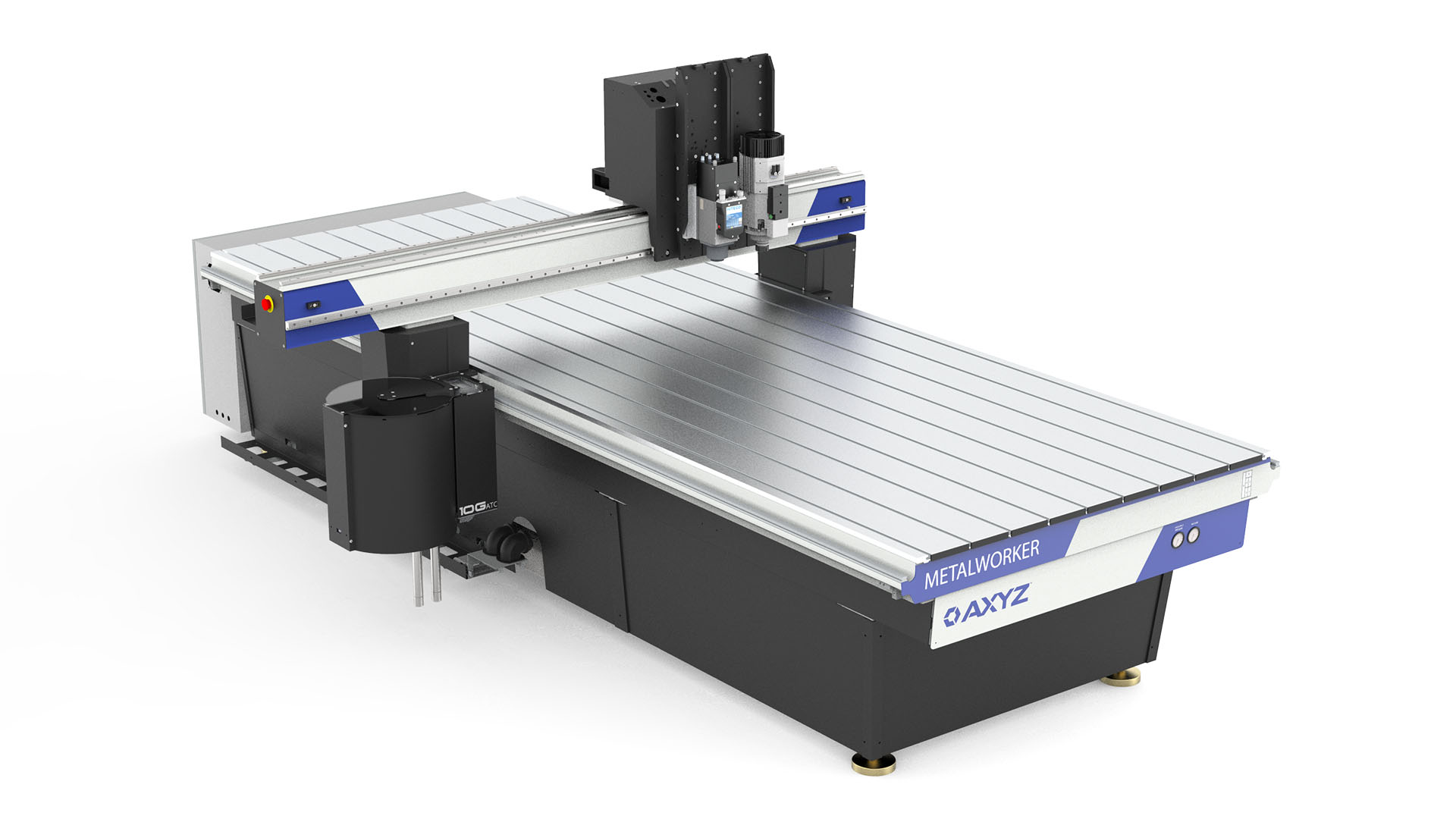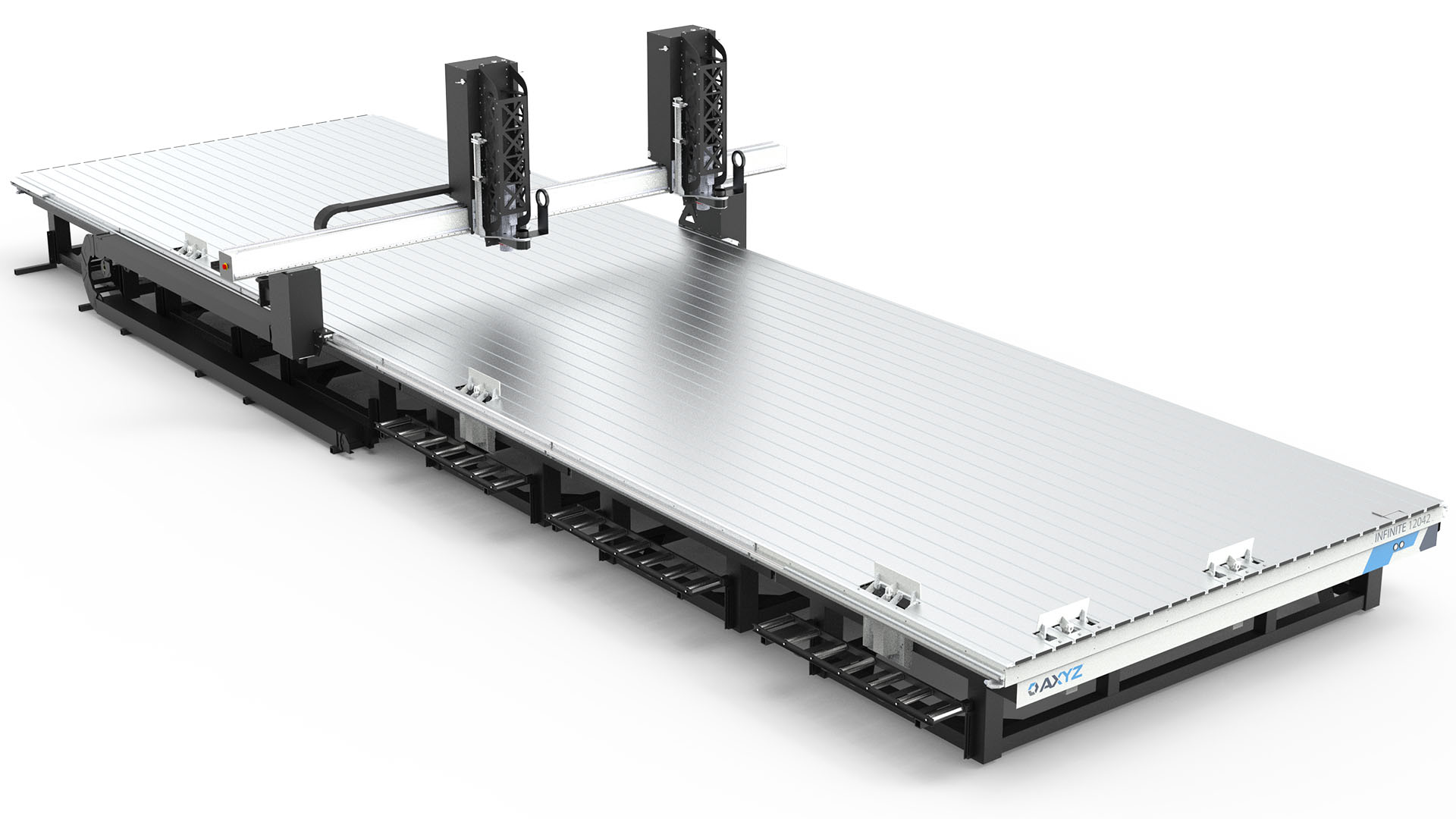Naturally, when processing material, you will mark the surface of the MDF. Unfortunately, this will eventually cause vacuum bleed. In order to counteract this process, AXYZ recommends skimming the MDF bed regularly. This blog discusses the steps you should take in the process of skimming your sacrificial bed and when you should consider replacing your MDF.
A quick reminder….What is a sacrificial bed and why is it used?
A sacrificial bed is a sheet of material that is placed on top of an aluminum vacuum deck. We recommend using general purpose Medium Density Fibreboard (MDF) for the following reasons:
- Low cost
- Wide availability
- Low wear on tooling
- It’s porous allowing maximum airflow
You can use almost any thickness of MDF, from ¼” (6mm) to 1” (25mm).
What do you mean by skimming?
As you continue to use your sacrificial bed, the core of the MDF can become ‘furry’ making it difficult to hold smaller parts at the end of the cutting process.
At AXYZ we recommend skimming your MDF bed by 0.2mm on a weekly basis, if you proceed with this method your MDF bed will need replacing after six months. However, this is largely dependent on the type of work you’re completing.
How do I skim my bed?
Skimming your sacrificial bed is a relatively straight forward process, but should not be one that is forgotten.
Firstly, you’ll want to select the right tool for the job. We recommend using a surfacing planing bit. These tools are ideal for skimming MDF and thanks to their large diameter they can surface large areas extremely quickly. You can find these at www.cncshop.com.
Secondly, you’ll want to select function 28 on your AXYZ SmartConsole. This function is used for both setting a new sacrificial bed and planing an existing one. It defines the sacrificial bed offset shown below, which is the offset difference between the tool height sensor and the surface of the sacrificial bed.
Following this you’ll set your new parameters to ensure you achieve the desired results.
For more detailed information on function 28, take a look at our help document. Alternatively, for a full function list please visit our technical documentation section.
NOTE: WHEN YOU SKIM YOUR SACRIFICIAL BED ALWAYS START AT YOUR ZERO POINT.
When is it time for change?
When working with a sacrificial bed using material such as MDF, its lifespan is limited, and is in need of replacement once the material becomes too shallow. This video provides a step by step guide to cutting, removing and replacing the sacrificial bed in the easiest way.
https://www.youtube.com/watch?v=riz6_gWYS3Q
The first action would be to measure the process area. For this video a 4010 AXYZ Series CNC Router has been used, which has a process area of 10ft x 5ft. It is vital that the new material covers this entire area, this is best done by cutting three sheets of the material in the same shape and size as currently used.
Once the MDF material has been machined it is time to remove the old and replace with the new. Having cut the same sized sheet, the t-slot holes should align perfectly (if not use your T bar to align correctly), finally use the M6 screws to secure the material to the bed.
After securing the material, use the HSD spindle to plane 0.2mm of the material, this ensures a flat sacrificial bed, allowing for a great vacuum hold, consequently improving cut accuracy and quality.
Author: Ged Lodge is an Applications Specialist for AXYZ, a global manufacturer of CNC router and knife systems. Ged has over 10 years’ experience with AXYZ and over 25 years’ experience with CNC routers.

